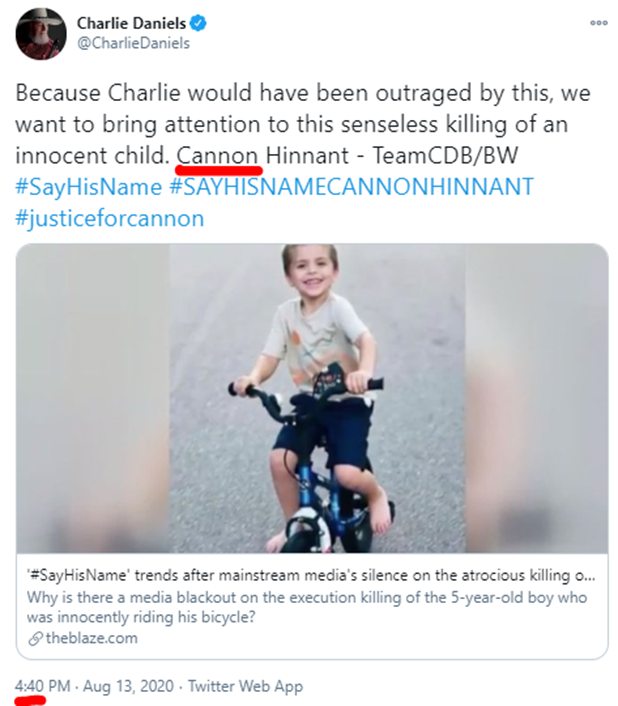Wednesday didn’t happen in a vacuum: it happened in a context of rising right-wing terrorism, aimed at their adversaries in the elite (pipe bombs mailed to Obama, Biden, Clinton, DNC) and among the public (Charlottesville, El Paso, Pittsburgh, Charleston).
A word of caution: many aspects of the social, political and informational mess that led to extremists storming the US Capitol are present in Western Europe too. (1)

Wednesday didn’t happen in a vacuum: it happened in a context of rising right-wing terrorism, aimed at their adversaries in the elite (pipe bombs mailed to Obama, Biden, Clinton, DNC) and among the public (Charlottesville, El Paso, Pittsburgh, Charleston).
Against parliamentarians: Jo Cox, Labour Party MP, and Walter Lübke (CDU politician in Hesse) have been assassinated. Plots against other politicians, in Germany and the UK, led to further convictions. (3)
Even more worryingly, the radical right in the institutions has inched closer to legitimising political violence against its adversaries. Nothing like the lionisation of Kyle Rittenhouse in the US, but still a significant trend. (6)
Salvini deflected the blame from the Macerata terrorist:
(8)
The US right's radicalisation happened in a media environment that *needs* a chunk of the electorate to have their own facts. Much blame is laid at the door of sm/internet, but the contribution of ‘traditional’ right-wing media cannot be overstated. (11)
Most worryingly, grand scale spin-offs of the Fox News model are in the works (15)
According to surveys few Western European countries, most notably France and Italy, have similar levels of distrust in elections as the US, but the norm is still a degree of trust. It’s not as common a strategy to delegitimise opponents as in the US. (17)

The extent of police complicity or sympathy for the rioters in the US Capitol is still to be established. But there are worrying areas of overlap between security forces, the radical right, and political violence - in the US, but in Europe too. (21)
More from Government
'Peaceful transition to Military Power....'
Cannon
44
....heard around the world
NG - High Alert https://t.co/lfeSiUCCRB

We Will Never Forget
44
Stage is set
https://t.co/h6G3LCevII

Following the 44 trail of breadrumbs
https://t.co/PcX0uKUEUW

Cannon
44
....heard around the world
NG - High Alert https://t.co/lfeSiUCCRB

\U0001f4a5 BOOM \U0001f4a5
— R\u0113d.P\u012bll.Ph\u0101rm\u0101c\u012bst (@Red_Pill_Pharma) January 18, 2021
30 secs in - what do I hear?
\u2018Peaceful transition to military power\u2019
\U0001f1fa\U0001f1f8 MILITARY IS THE ONLY WAY \U0001f1fa\U0001f1f8 pic.twitter.com/9NPMT7N7Qy
We Will Never Forget
44
Stage is set
https://t.co/h6G3LCevII

The stage is set. Staged.
— JeLove (@LovesTheLight) November 7, 2020
Where? (the) Delaware.
10:44
Purple
First graphic in 98https://t.co/PKHlxp0rzS pic.twitter.com/XCx6pVQTHx
Following the 44 trail of breadrumbs
https://t.co/PcX0uKUEUW

Boom, Boom, Boom pic.twitter.com/ZcZXAgL0Qf
— JeLove (@LovesTheLight) August 13, 2020
Labour Grandees are listed in Sir Keir Starmer's colleague Jeffrey Epstein's ''Little Black Book''; Blair, Mandelson and Alastair Campbell. COINCIDENTLY, Keir Starmer and some of the same people have connections to ANOTHER of the worlds most prolific peadophiles. #StarmerOut

Starmer failed to bring charges against Jimmy Savile for paedophilia. The decision was made despite the Crown Prosecution Service receiving substantial evidence of his crimes from witnesses and victims several years before Savile died in 2011. #StarmerOut https://t.co/PNyX5uSAkw

With a past like hers, Margaret Hodge might show a bit more humility.
In the Eighties Hodge was aware of previous child sex abuse in the care homes for which she was responsible, and did nothing about it. #LabourLeaks #StarmerOut
As leader of Islington Council, a post she held from 1982-92, Margaret Hodge was aware of previous, horrendous child sex abuse in the care homes for which she was responsible, and did nothing about it. #LabourLeaks #StarmerOut #CSA
She was guilty of rather more than a casual failure of oversight. In an open letter to the BBC after it investigated a range of monstrous abuse (child prostitution, torture, alleged murders), Hodge libelled one of its victims as “seriously disturbed”. #LabourLeaks #StarmerOut

Starmer failed to bring charges against Jimmy Savile for paedophilia. The decision was made despite the Crown Prosecution Service receiving substantial evidence of his crimes from witnesses and victims several years before Savile died in 2011. #StarmerOut https://t.co/PNyX5uSAkw

With a past like hers, Margaret Hodge might show a bit more humility.
In the Eighties Hodge was aware of previous child sex abuse in the care homes for which she was responsible, and did nothing about it. #LabourLeaks #StarmerOut
As leader of Islington Council, a post she held from 1982-92, Margaret Hodge was aware of previous, horrendous child sex abuse in the care homes for which she was responsible, and did nothing about it. #LabourLeaks #StarmerOut #CSA
She was guilty of rather more than a casual failure of oversight. In an open letter to the BBC after it investigated a range of monstrous abuse (child prostitution, torture, alleged murders), Hodge libelled one of its victims as “seriously disturbed”. #LabourLeaks #StarmerOut

























